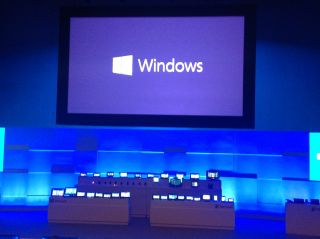 While very many people haven’t yet upgraded from Windows 7 to Windows 8.1, and very many people have stuck with Windows XP, it seems that Microsoft will show off Windows 9 soon.
While very many people haven’t yet upgraded from Windows 7 to Windows 8.1, and very many people have stuck with Windows XP, it seems that Microsoft will show off Windows 9 soon.
Paul Thurrott’s Supersite for Windows has delivered some Windows 9 screenshots from sources he is not ready to name in advance of Windows Technical Preview – due out in October.
And guess what, Microsoft is bringing back the Start menu. There was much gnashing of teeth when it decided not to build it into Windows 8.x Start menu, particularly among corporate users of the operating system.
The preview uses the same Store as Windows 8.1, while mobile apps will run in floating windows on the desktop, according to Paul Thurrott.
Microsoft has a long running record of producing versions of Windows that are dogs followed by versions that are functional and popular.
Windows Vista was a dog, and Windows 8.x is a pooch too. Perhaps Windows 9 will be better.







